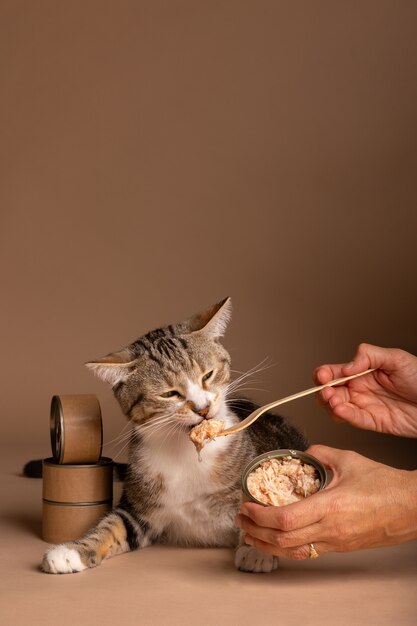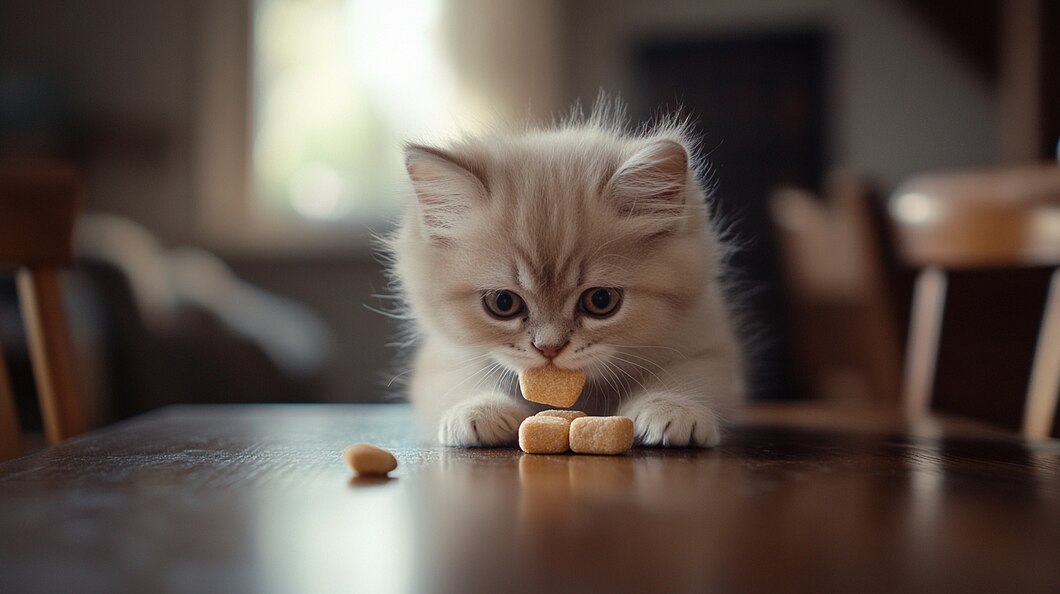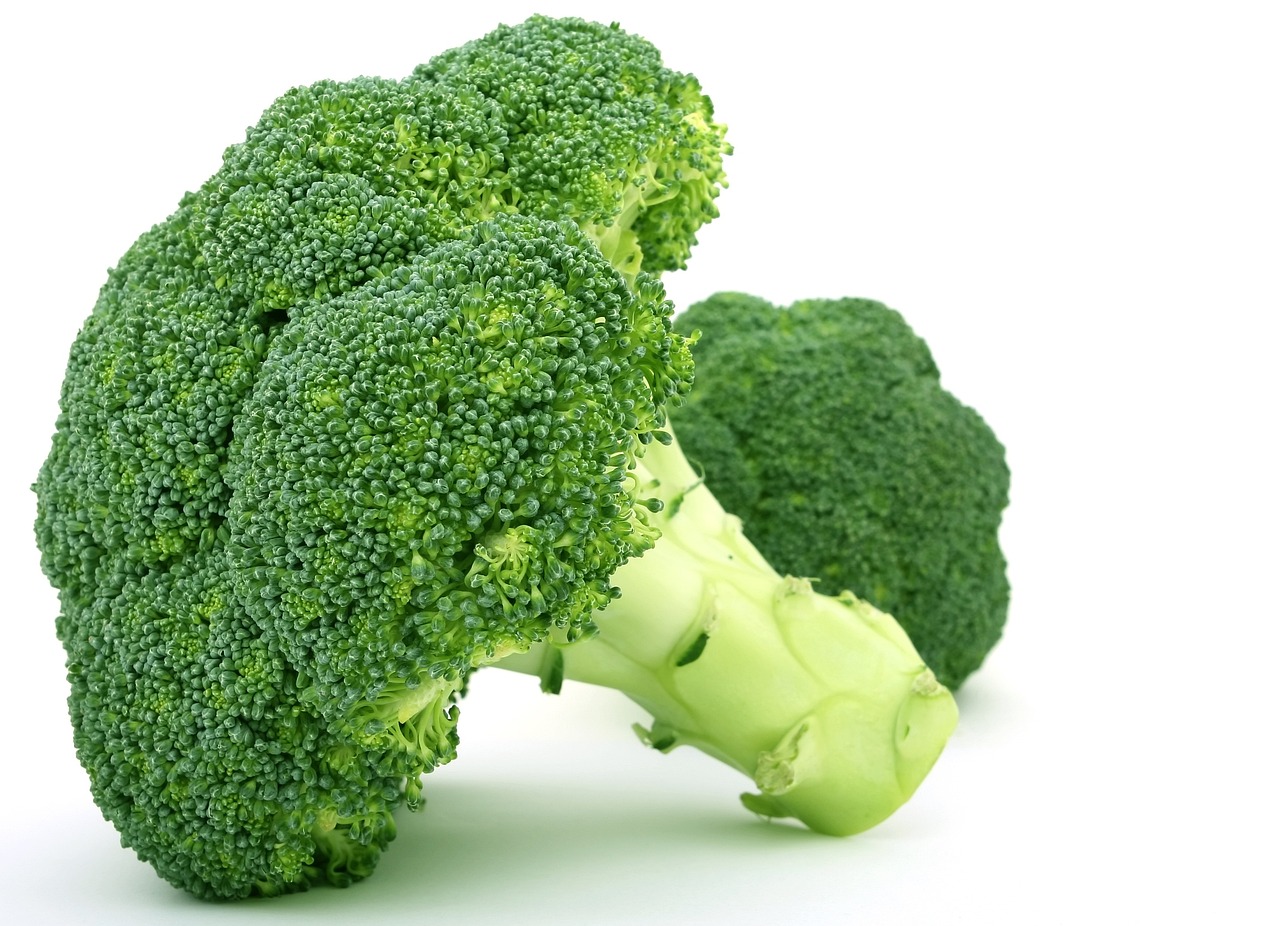TREATS? Yes, Paw-lease!

(Freepik.com)
Did YOU know that some felines fancy treats more than their food? Have you ever wondered why? If so, consider the following suggestions for this purr-ticular passion.
Taste: Not only do the flavors in cat treats make them more appealing than their regular food, commercial treats usually contain flavor enhancers, thereby giving them a stronger, more tantalizing smell. Treats also vary nutritionally from cat food. Because they’re often made with more fat and calories, they’re ever so much tastier, appealing to most felines’ instinctual desire to feast on nutrient-dense foods. Think cakes, cookies and chips for people and you’ll get the picture!
(Freepik.com)
Texture: Designed to paw-lease even the most finicky feline when food textures are involved (some cats only eat kibble or wet food while others eat everything), the texture of treats varies from liquids and mousses to chewy and crunchy. If your cat is highly selective about what she puts in her mouth, experiment with various textures of treats until she’s not only satisfied but is happily raising her paw for more treats, paw-lease!
Relationships: Many cats relish offering a treasured toy to their owners as a token of their affection. Think of it as your favorite feline’s form of “gift giving,” reinforcing the fact that she feels safe and comfortable in your presence. Therefore, when you feed her treats, you’re not only strengthening the bond between the two of you, you’re giving her something deliberately designed to appeal to her senses in return.
Treats, however, aren’t formulated to meet the nutritional needs of any cat and they certainly aren’t meant to be a major part of your cat’s diet. In fact, treats shouldn’t make up more than 10% of her daily caloric intake although keeping that level closer to 5% is ideal. Therefore, when given to your kitty in moderation, most treats can be considered safe for her.
If your cat is on a special diet or suffers from some medical condition, she may need special treats. Before giving her any treats, always speak to your veterinarian first. And NEVER overfeed treats, even to a healthy cat. Why? Because overfeeding your cat on a daily basis will ultimately lead to obesity. It can’t be stressed often enough that obesity is linked to such serious conditions as arthritis, diabetes and heart disease.
Understandably, most commercial cat treats can negatively impact your cat’s weight if she’s on a vet-prescribed diet to shed some excess poundage. Once again, speak with your vet about the most appropriate treats for her. Vegetables low in calories and high in fiber, such as broccoli and green beans, can serve as healthy alternatives provided that your cat will eat them.
Should your cat need to lose weight but turns up her nose at the vegetables, ask your vet to help you calculate the appropriate caloric intake for her each day. This way, you’ll know how many treats she can have in combination with the food that she’s eating. Then, before you purchase any packages of treats, check their labels to determine how many calories each treat contains. A three-calorie treat allows you to “treat” your cat to more of them throughout the day than a single treat that contains, e.g., a fattening 45 calories.


